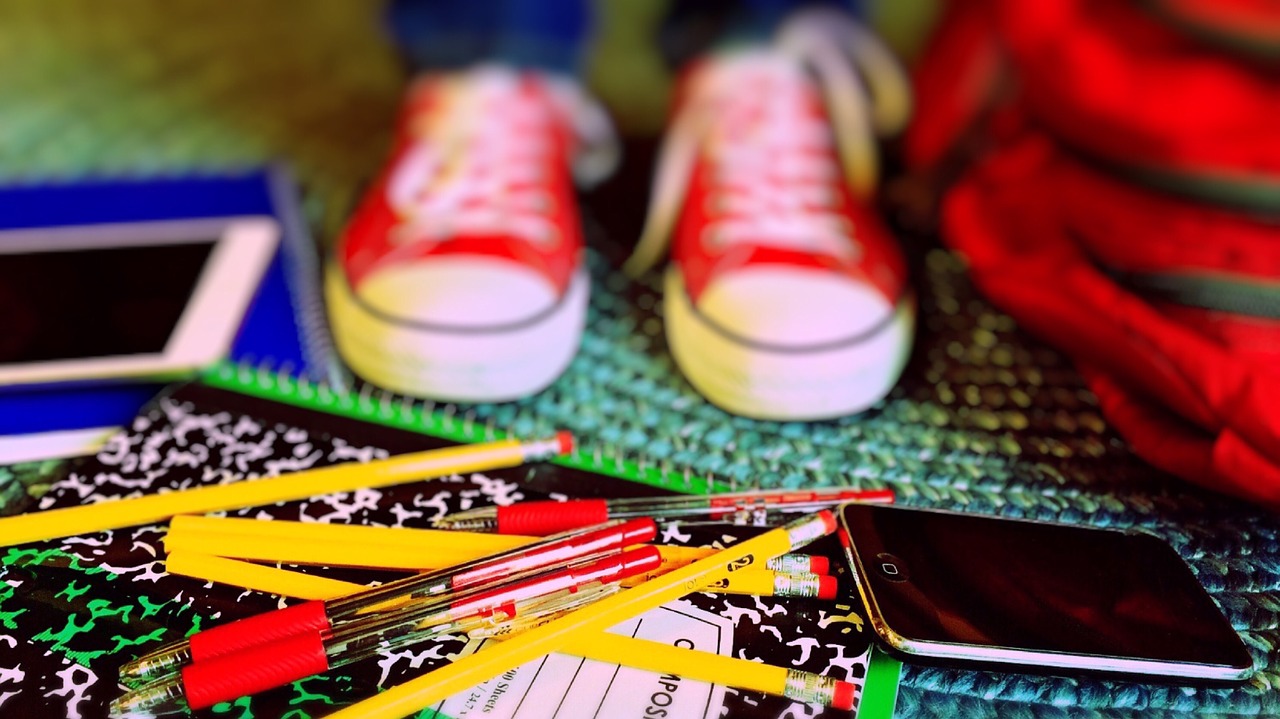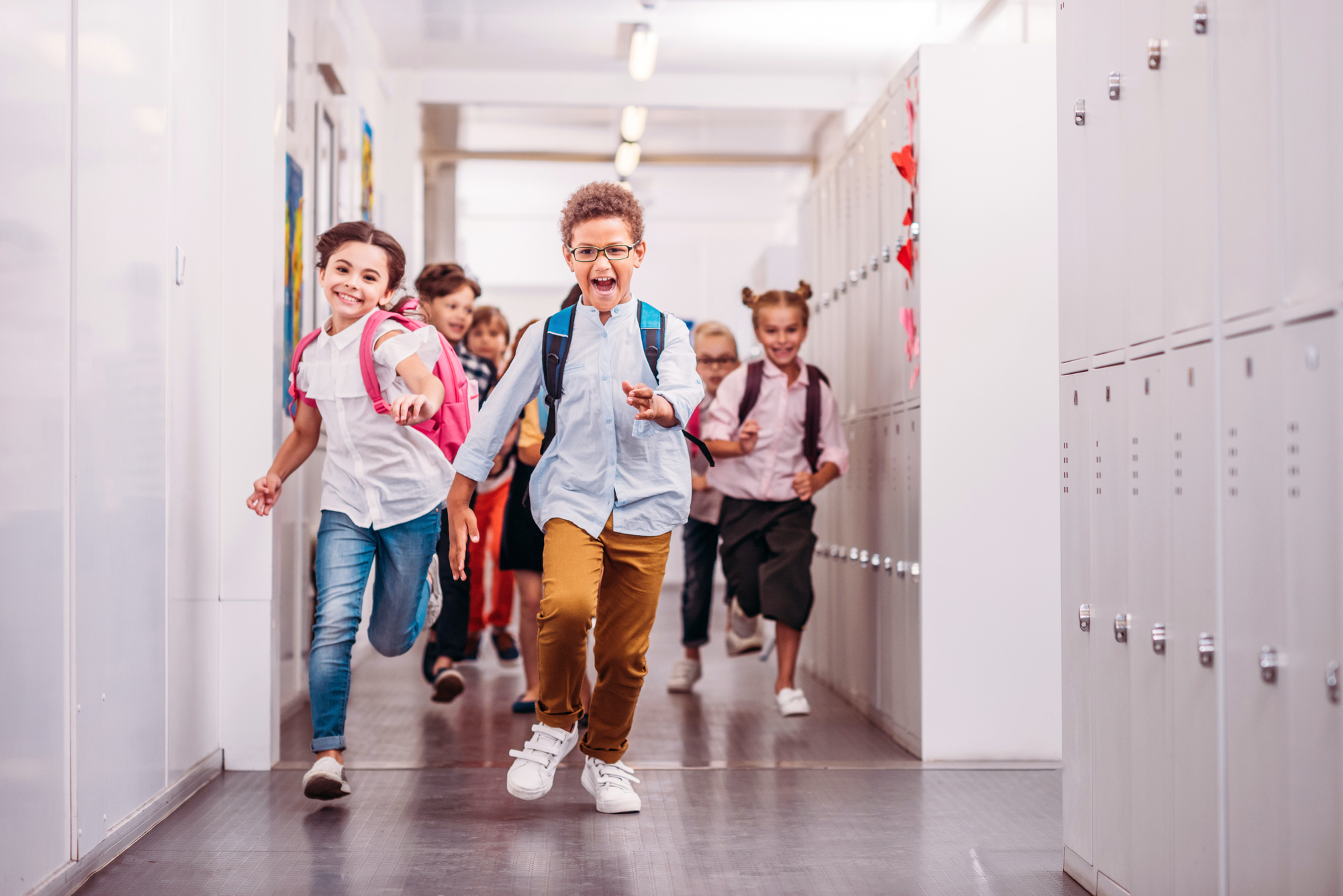There’s no denying it, it’s pretty challenging to be a kid these days. With the onslaught of social media and it’s distractions, temptations and tendency to overstimulate young brains, as well as peer and school pressure, it’s no wonder that children and students are showing early signs of stress and stress-related challenges.
There’s an increase in both parents needing, or choosing, to work full time which often means young children start daycare earlier, resulting in increases in anxiety (separation anxiety) and stress, even in our youngest.
And there’s the issues of home stress – divorce, financial, work. Children absorb the stress of their parents and adults around them and bring it into the classroom.
Teachers are expected to do extraordinary amounts for little pay, to deliver on academics, meet departmental expectations, and manage challenging behaviours (to name just a few!) Burnout rates amongst teachers is exceedingly high, with stress and anxiety being the two major contributors.
So, it’s no wonder that classrooms are becoming stress pools, drowning in cortisol and adrenaline, the hormones that the body produces when we are anxious, angry, upset, scared, worried or sad. It’s our body’s way of attempting to protect us.
What follows is a symphony of stress and dis-tress – heart rate increases, breathing shallows, jaws clench and shoulders and upper back tightens. Eye muscles expand, resulting in an inability to focus. Blood moves away from the brain to the bigger muscles that would, if we were threatened, help us to run from danger (the fight/flight response). And if there is no release point for this build up of hormones, stress becomes chronic! We can call this Sympathetic Nervous System overdrive!
Not a good recipe for a healthy classroom!
So what’s the solution?
Teaching children different breathing techniques is an invaluable gift. Just like for adults, focusing on one’s breath can help to alleviate stress, reduce anxiety and bring the body and mind into quiet balance.
All of our body’s functions, from digestion to creative thought, are influenced by the amount of oxygen we take in. As infants we knew instinctively how to take deep diaphragmatic breaths (just watch a baby breathe) but, as we mature, and certainly as adults, our breathing shallows. Sadly, we only use around 25% of our lung capacity to breathe and it generally hovers around our chest.
Our breath is the only system in our body that we can consciously control. This is why it’s magical! When we learn to cultivate conscious (and longer) inhale breaths, we increase the oxygen in our blood stream, which helps to alleviate tired muscles and brains. When we extend our exhales, we tap into our para-sympathetic nervous system which instantly helps us to feel calmer.
Deep breathing activities teach children to breathe from deep inside their bellies (diaphragms), to open up their chests and allow their lungs to expand. Deep breathing massages all of their internal organs, such as their heart and stomach, and it improves their respiratory system. The brain needs three times more oxygen than any other organ to function effectively and efficiently.
Breathing has a direct impact on our minds and emotions. When breathing is steady and deep, our minds are calm and relaxed. Nervous tension releases and we feel soothed. Breathing helps us to tune in to our body’s own rhythm. The yoga texts refer to the air we breathe as containing prana – a vital life-force/energy. When our bodies are filled with prana, we literally feel energized and well, and have greater resistance to dis-ease or illness.
Breathing exercises can be used to increase students’ energy or to calm them down. You can change your mood, the space, your energy in just a matter of moments. Be mindful though not to over-oxygenate as this can cause dizziness.
The most important reason that we introduce the different breaths is to teach our youth, from the earliest age possible, that their breath is like a magical medicine that can help them to feel better when they are scared, angry, or anxious; when they have trouble sleeping, with sluggish bodily functions, with poor focus and/or low energy.
It will also help them (and you) to calm down, re-set and feel more grounded.
And best part of all, no one needs to know that you are doing it!
Children who practice Yoga, Breath + Mindfulness:
- develop balance, strength and body awareness enhancing large and fine build toned and supple muscles
- enjoy better posture which allows for deeper breaths (more O2 to the body and brain) and healthy digestion
- learn about the “magic” of their breath and how to use the breath to calm down, feel less anxious, create more energy and improve sluggishness
- increase their concentration, focus and attention
- improve their listening skills
- are better able to speak their needs
- are better able to regulate their emotions and manage stress
- nurture their imagination and creativity
- build self-esteem and confidence
- develop a personal toolbox for stress management
- enjoy increased self awareness
- cultivate generosity, compassion and respect for others and the environment
- experience the benefits of mindfulness and meditation practices
- enjoy enhanced organizational skills
- learn basic anatomy and physiology and gain an understanding of how the bones, muscles and organs work to sustain a healthy body
- their competitive urge is modified
- become happier and more co-operative citizens of the classroom
- motor skills in a non-threatening and inclusive way
Teachers who practice and share Yoga, Breath + Mindfulness in the classroom:
- develop tools to self nourish to ease stress, tension and lethargy
- better manage their own stress and wellbeing
- bring calm to the environment in more connected and conscious ways
- bring students into the present moment – mindfulness – a basic building block for learning
- cultivate a more peaceful and enthusiastic learning environment where everyone can succeed
- nurture the development of the whole child by offering academic, social and emotional learning
Beth Borowsky holds a Masters in early childhood education, was a Montessori preschool teacher, was previously a course creator for the Australian Curriculum Enhancement, is a mum, yoga teacher and teacher trainer.
She is the founder of www.thekarmaclass.com.au where she teachs teachers how to bring calm into their classroom – practical skills that last a lifetime.









